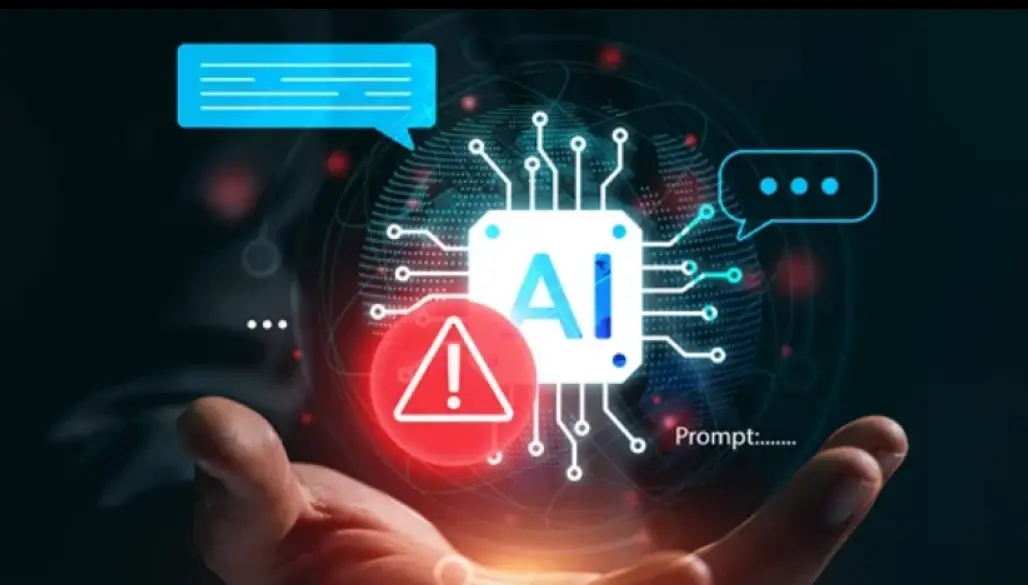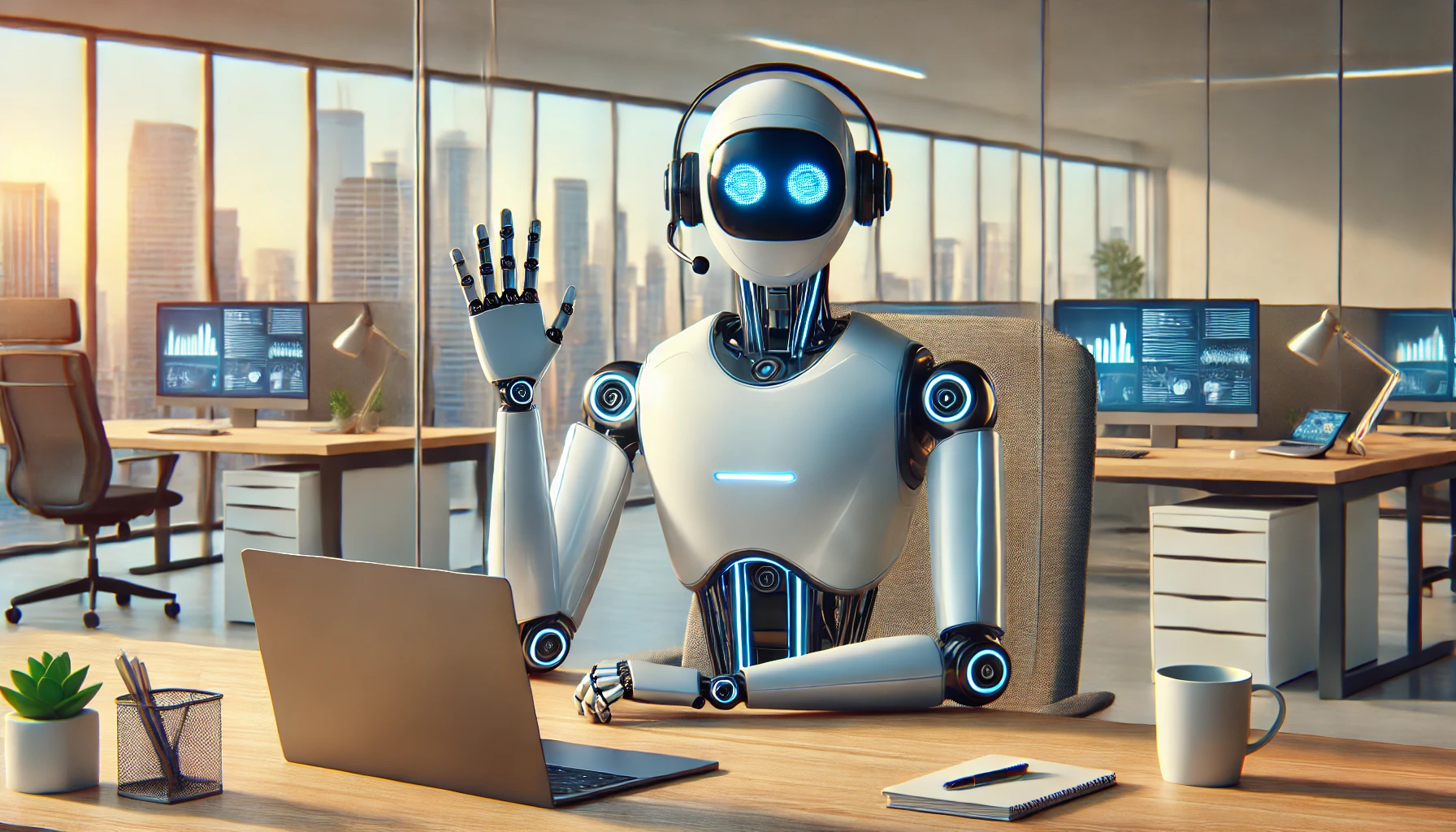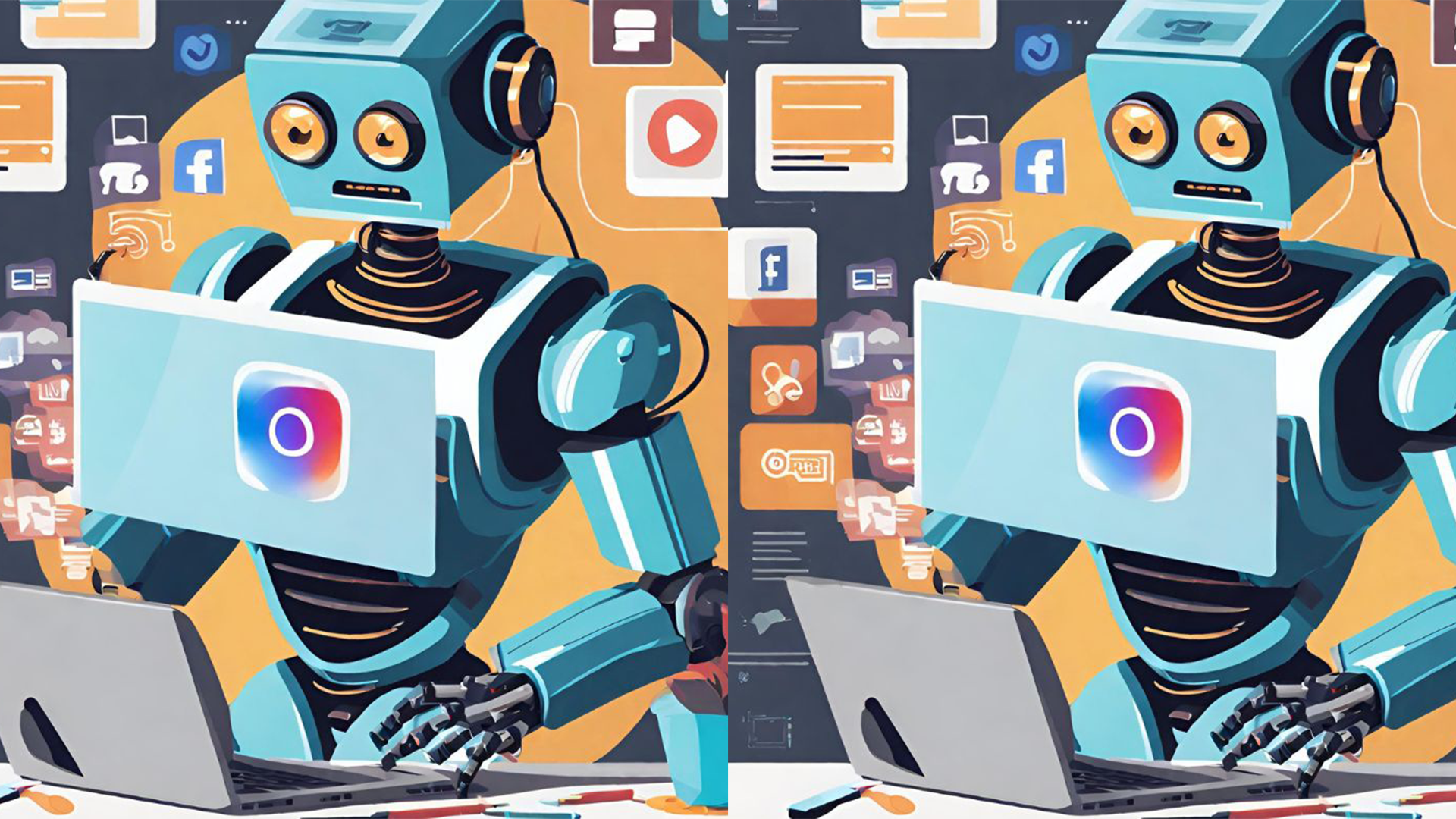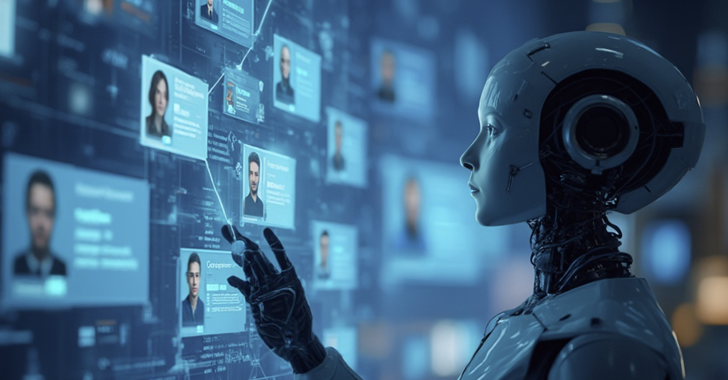Generative AI has opened up incredible possibilities in content creation, automation, and personalization. But with these advantages come a range of serious risks that could impact individuals, businesses, and society at large. As we integrate this technology into daily life, it’s essential to understand the potential dangers and take steps to mitigate them.
1. Misinformation and Disinformation
One of the most significant risks of generative AI is its ability to produce highly convincing fake content—be it news articles, social media posts, or images. This makes it easier to spread false information quickly, influencing public opinion, politics, and even financial markets.
2. Deepfakes and Identity Fraud
Generative AI can create realistic fake videos and audio, known as deepfakes. These can be used maliciously to impersonate public figures, commit fraud, or damage someone’s reputation, posing a serious threat to privacy and trust.
3. Bias and Discrimination
AI models often learn from biased training data, which can lead to the generation of content that reinforces harmful stereotypes or excludes certain groups. This can negatively impact decisions in sensitive areas like hiring, law enforcement, and healthcare.
4. Copyright and Legal Issues
AI-generated content may unintentionally reproduce or mimic existing copyrighted material, raising legal questions about ownership and intellectual property. Determining who owns or is responsible for AI-generated works is still unclear in many jurisdictions.
5. Lack of Accountability
When AI generates harmful or misleading content, it’s often difficult to determine who is responsible—the developer, the user, or the AI itself? This lack of accountability makes regulation and enforcement a major challenge.
6. Privacy Violations
Generative AI models trained on publicly available data can sometimes regenerate private or sensitive information. This could expose personal details or confidential business data, leading to security breaches and privacy concerns.
7. Job Displacement
As generative AI becomes capable of automating tasks in writing, design, coding, and customer service, many workers may face job loss or need to transition into new roles. This raises concerns about unemployment and the need for widespread reskilling.
8. Overreliance on AI
People may become too dependent on AI tools for decision-making and creativity, reducing critical thinking and problem-solving abilities. Blind trust in AI-generated content can also lead to errors or flawed conclusions.
9. Environmental Impact
Training large generative AI models requires massive computational power, which consumes significant energy and contributes to carbon emissions. This raises sustainability concerns as the demand for AI continues to grow.
10. Security Threats
Hackers and malicious actors can use generative AI to craft sophisticated phishing emails, fake IDs, or malware scripts. This increases the threat level in cybersecurity and requires constant updates in digital defense strategies.
Conclusion
Generative AI is a powerful tool, but like all powerful technologies, it must be used responsibly. Understanding the risks is the first step toward building systems and policies that promote ethical and safe AI use. Stakeholders—governments, developers, businesses, and users—must work together to ensure that the benefits of generative AI do not come at the cost of safety, fairness, and truth.







Leave feedback about this